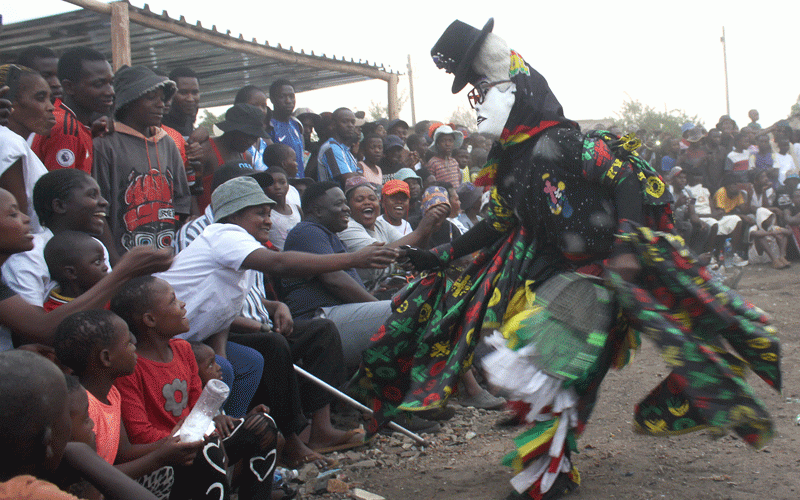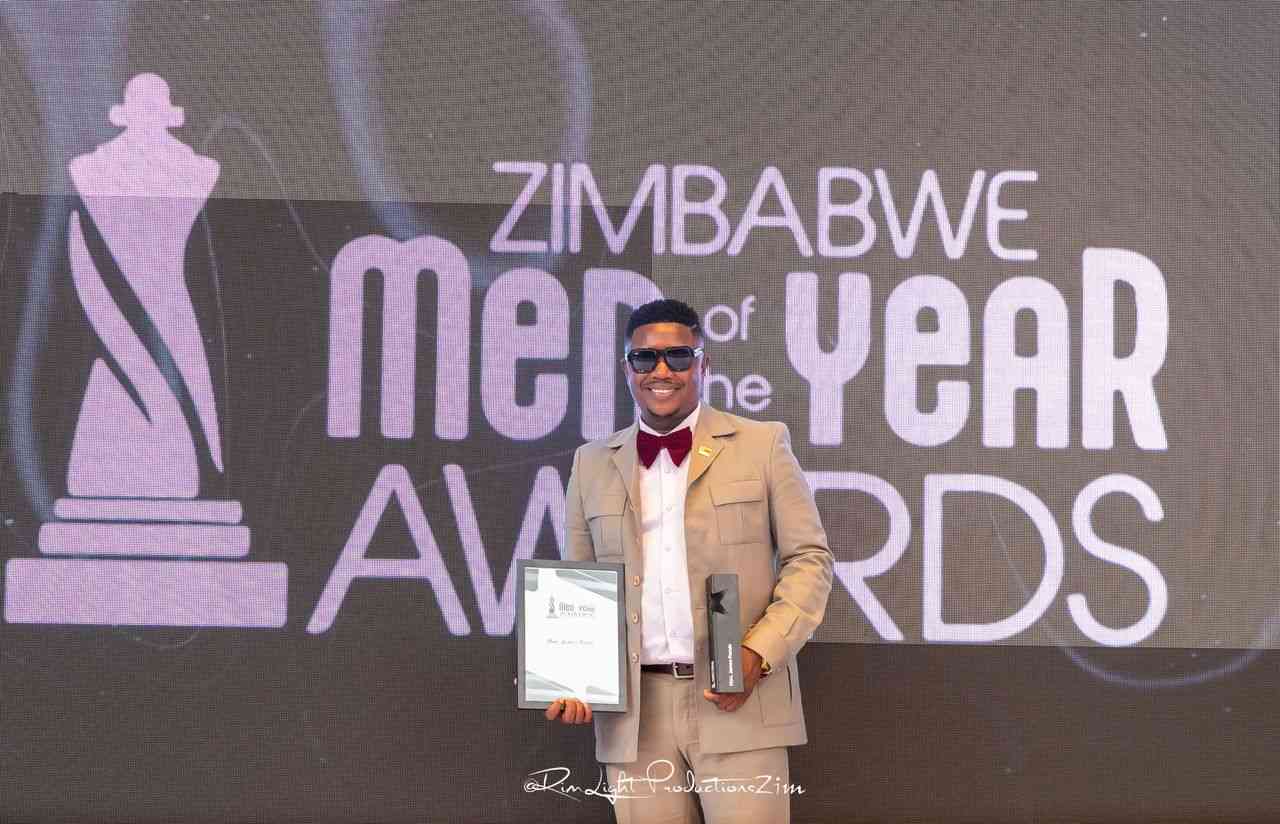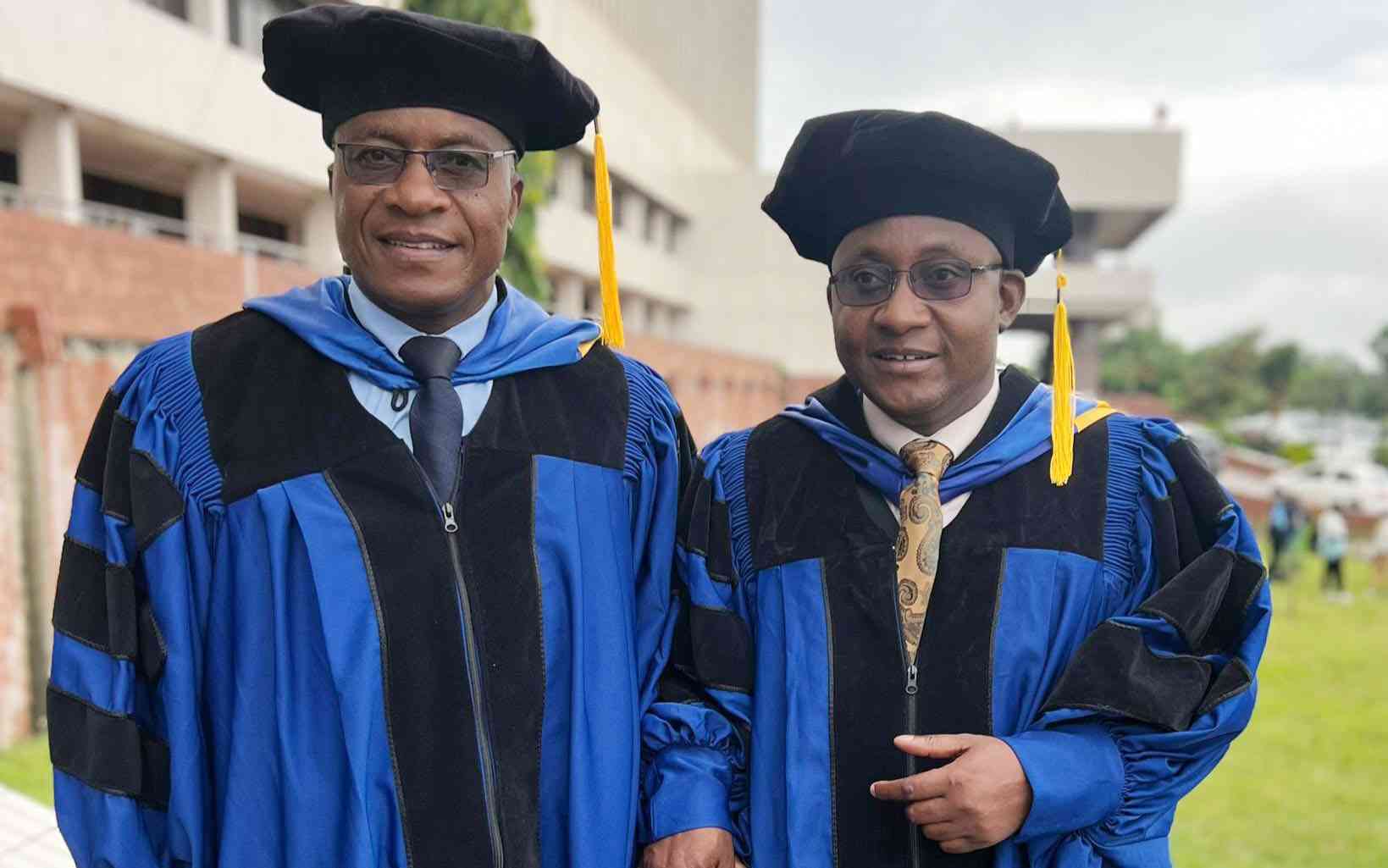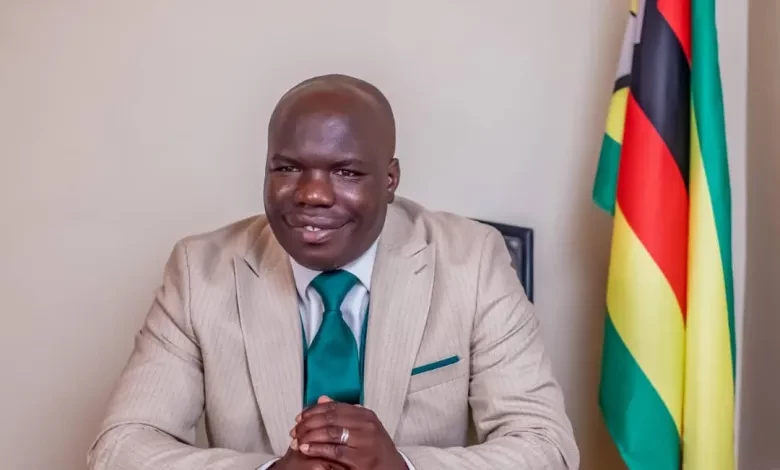
Mufakose suburb recently hosted the 2025 edition of Chamba Chamakolo, a Gule Wamkulu gathering. The annual event is a joyful occasion for the Chewa community. A moment to reclaim, and assert pride in their cultural heritage.
Gule Wamkulu, which in Chewa means ‘the great dance,’ is an ancient practice performed by the Nyau secret society of the Chewa ethnic tribe from Malawi. In general terms, it is a combination of masquerade and pantomime where the dancer channels chinyama (wild animal) or mizimu (ancestral spirits). The great dance can be read as communication from, or communicating with the ancestors. Performers wear masks and costumes representing different characters that play a specific role. In turn the characters are named after a type of dance ascribed to them, such as Kapoli, Chadzunda, Simoni, Nyoronyo, Makanje, Gologolo, Nyau Yoremba, Chirembwe, Mai Maria, and Kamwimwi.
Straddling the world of the living and the dead, the masked dancer is considered to be neither human nor spirit. In essence it is considered to be a thing that was found in the forest or fished out of the lake. It does not depend on human sense of sight as it follows a guide who leads it by the sound of a rattle. One cannot speak to it. If any part of its plumage falls to the ground during a performance, the guide picks it up because it does not belong here. In 2005, UNESCO included Gule Wamkulu on the list proclaimed, Masterpiece of the Oral and tangible Cultural Heritage of Humanity. Through migration, the more than 400 years old custom has spread to Zambia, Mozambique, and Zimbabwe.
In Zimbabwe outsiders have turned the great dance into the noun chiGure which is synonymous with chiNyau. ChiGure is an enigma. Mothers temporarily disown their children and shoo them out of the house - calling them chiGure, after they come from the streets with ashy feet from playing in the dust. Commuter omnibus drivers who play chase with traffic police call their vehicles chiNyau because they are not registered and properly certified to be on the road.
Promoted by Bingu Village Promotions, with support from Chikondi ChaaMalawi, Chamba Chamakolo 2025 was a free of charge family show that attracted both young and old. Tinei Notis Mazura known as Boss Bingu was at the forefront of organizing the event and promoting it via social media. He says the name for the event means ‘sacred dance of our ancestors.’ Although it was not the first time, he testified that organizing the event was not easy, “But we do it because our culture matters. Our identity matters.” The 2025 gathering featured groups such as Tagwilizana Chikondi, Mtengo waMbarame, NK Angonia, and Mpingu WAARON.
The Mufakose event started later than anticipated. Several young men heated the skin of their drums over a small fire. Two men walked into the arena with buckets of water, splashing handfuls over the ground. With swishing gait the first Gule Wamkulu sauntered in from the streets, followed by a crowd of excited and jostling young people. Some were on stilts (Makange), and there were also female dancers (Mai Maria). A number of dancers sat on the ground to wait for their turn. Other groups had not yet arrived at the compound, but later there would be a performance representing an animal.
The event kicked-off with furious thumbing of the cowhide drums, accompanied by high pitched chorus and hand clapping from a choir of women dressed in uniform attire. Three dancers stepped up, matching the energy with rapid hand and leg movements. Sand flew from the dancers’ feet, raising dust like smoke around their multi-colored plumage! Most of the audience is stunned into slack-jawed wonder. Those in the know sporadically shout ‘Khoka!’ as a word of appreciation and encouragement. The pulsating beat of the drums unifies the amped drummer, the fervent singer, the mesmerizing dancer, and the entranced audience. Everyone becomes part of the great dance, until the drums cease - and the chorus trails into silence. Only then when the spell is broken, does the crowd erupt into self-conscious applause. But the silence does not last long as the drummer kicks-off again without giving the dancer much respite.
Understanding granular aspects of the Gule Wamkulu tradition of Nyau secret societies may take an outsider with close proximity such as Musa Karemela who is a Muslim but comes from Malawi. Karemela observes that the practice has been transforming through the migrational movements of its custodians. Changes can be noted in the drumming style, the dances, and costumery. He points out that some sects no longer adhere to a strict code of disguising the identity of a performer. They allow themselves to be seen by the public, going and coming out of changing rooms. Others retain part of their personal clothing items. At Chamba Chamakolo 2025 there were visible brands such as a Lakers vest, and another emblazoned with Kobe Bryant. Some purists have criticized the form of dancing and lament that even the rhythm of the drums errs from what is currently practiced in the motherland.
- Chamisa under fire over US$120K donation
- Mavhunga puts DeMbare into Chibuku quarterfinals
- Pension funds bet on Cabora Bassa oilfields
- Councils defy govt fire tender directive
Keep Reading
Karemela also points out that despite the show of a united front, behind the scenes the groups are in fierce competition for visibility, attention and patronage. As each group crafts their elaborate costumes and choreography, they seek to gain advantage and are known to sabotage other groups’ efforts. To outsiders it may seem unfair, but insiders understand it as gamesmanship deeply embedded in their secret code. Those who have been cleverly outwitted may complain and sulk, but accept ‘defeat’ in the true spirit of the great dance.
At Chamba Chamakolo 2025 there were short moments of respite after several performances. Women fastened their wrap overs, and adjusted head scarfs that had gone askew. The drummers hydrated their sweating bodies as the choir wet their parched throats with various beverages. But the dancers sat still, with the stony expression of their masks betraying no weariness or thirst. At such moments the audience is once more, a crowd of non-participant observers.
The show did not end as anticipated. Sometime during a break the drums disappeared! There was confusion and neck-craning attempts to find out what happened, to no avail. Eventually the crowd dispersed. Not with disappointment - just another mystery added to the enduring mystic of Gule Wamkulu.











